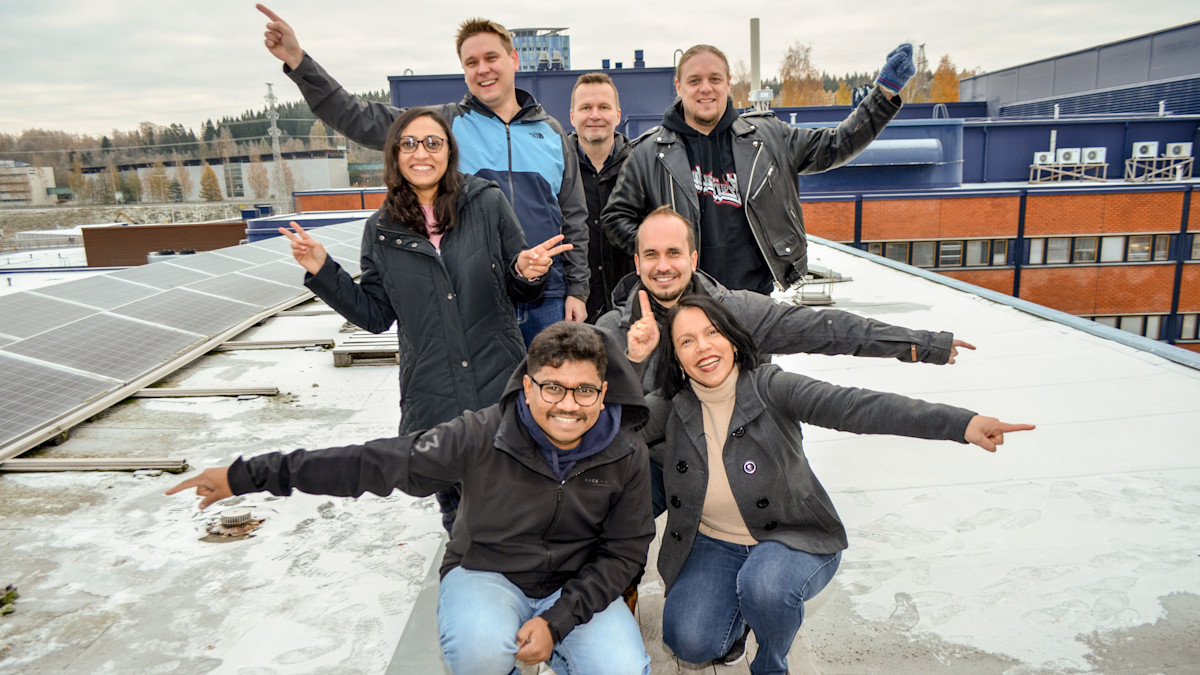Atmospheric modelling
The atmospheric modeling group studies different atmospheric and climate phenomena using various atmospheric models.

Atmospheric aerosols affect climate change in two ways: they reflect sunlight back to space and they participate in cloud formation. Aerosols and the clouds formed from them slow down the warming of climate but the strength of this cooling effect is yet not known precisely. In addition, aerosols reduce air quality and cause approximately 4 million premature deaths per year. Both climate change and air quality have significant impacts on our lives and therefore the modelling group's emphasis is on aerosols, their effects on clouds and consequently on climate. The group members use models such as ECHAM and UCLALES to investigate aerosol-cloud-interactions and the effects of aerosols on the climate. Current research topics include:
the role of natural aerosol in climate change
better representation of natural aerosols in atmospheric models
better representation of clouds at both LES and GCM resolutions
